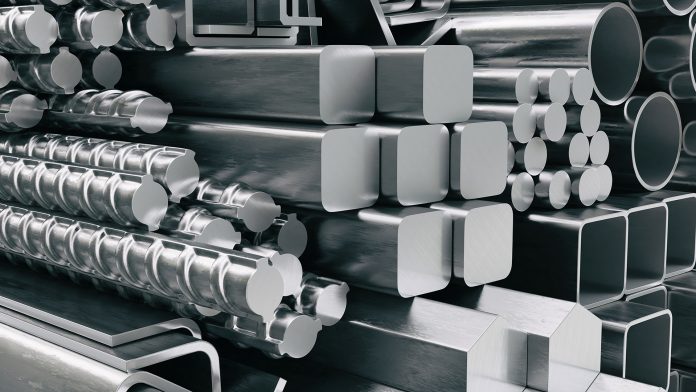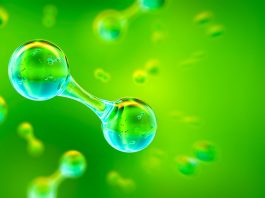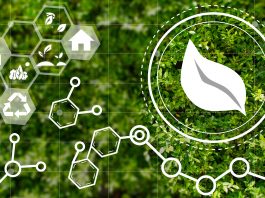A new green steel plant with an integrated hydrogen production facility is set to be established in Inkoo, Finland.
In order to ramp up production, Blastr Green Steel (Blastr) has entered into a Letter of Intent with Fortum, a Nordic energy company. This provides Blastr with exclusive rights to use an existing industrial site in Inkoo.
The green steel plant, along with its built-in hydrogen production facility, is set to cost €4bn and is expected to create up to 1,200 direct jobs in the operations phase.
Production at the site is set to commence in 2026, with the green steel plant and its hydrogen facility set to be amongst the largest industrial investments in Finland to date.
Decarbonised steel’s role in the switch to renewable energy
Green steel is a key enabler for the green transition, as it is set to play a critical role in the development of renewable energy infrastructure such as wind turbines, as well as in industries like construction, consumer goods, and the automotive industry.
In Europe alone, the demand for decarbonised steel is expected to reach 50 million tonnes by 2030, which is almost one third of the current European demand for green steel.
Instead of using fossil fuels, which results in high carbon emissions, the green steel method instead uses hydrogen to reduce the iron pellets into sponge iron, a metallic iron that can then be processed to form steel.
This process is done at high temperatures; however, it is carried out below the melting point of iron (800-1,200°C), which saves associated energy costs.
How will the Finland plant utilise this production method?
The current steel industry produces around 8% of the world’s carbon dioxide (CO2) emissions as a result of the high amount of fossil fuels used to manufacture steel through conventional methods. Currently, one tonne of steel produced creates about 1.9 tonnes of CO2.
To combat this, Blastr will manufacture green steel by replacing coke and coal with hydrogen in the chemical reduction phase. As well as this, they are aiming to reduce the carbon dioxide footprint across the entire value chain, with a goal of achieving 95% less CO2 emissions than the conventional manufacturing process.
Discussing Finland’s potential for producing green steel, Hans Fredrik Wittusen, CEO of Blastr Green Steel, commented: “Finland is an ideal location for our project. It has an ambitious low-carbon target, supportive and predictable operating conditions for the green industry, fossil-free energy, and a highly qualified workforce.
“Inkoo was selected as our location due to its high-quality infrastructure and access to clean power. In addition, the ice-free deep-sea harbour enables efficient, low-carbon logistics all year round and close access to the European market.”
With such potential, the plant is set to produce around 2.5 million tonnes of hot and cold-rolled decarbonised steel annually.









